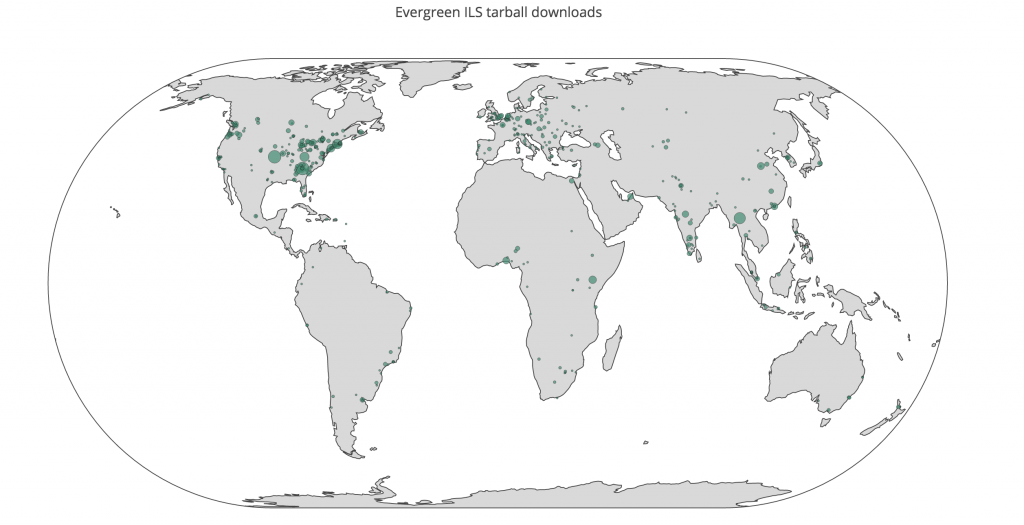Yesterday I gave a lightning talk at the Evergreen conference on being wrong. Appropriately, I started out the talk on the wrong foot. I intended to give the talk today, but when I signed up for a slot, I failed to notice that the signup sheet I used was for yesterday. It was a good thing that I had decided to listen to the other lightning talks yesterday, as that way the facilitator was able to find me to tell me that I was up next.
Oops.
When she did that, I initially asked to do it today as I had intended… but changed my mind and decided to charge ahead. Lightning talks are all about serendipity, right?
The talk went something like this: after mentioning my scheduling mix-up, I spoke about how I have been active in the Evergreen project for almost nine years. I’ve worn a variety of project hats over that time, including those of developer, core committer, release manager, member of the Evergreen Oversight Board, chair of the EOB, and so forth. While I am of course proud of the contributions I’ve made, my history with the project also includes being wrong about many things and failing a lot.
I’ve been wrong about coding issues. I’ve been responsible for regressions. I’ve had my share of brown-bag releases. I’ve misunderstood what library staff and patrons were trying to accomplish. I’ve made assumptions about the working conditions and circumstances of users that were very wrong indeed. Some of my bug reports and test plans have not been particularly clear.
Why bring up my wrongness? Prior to the talk, I had been part of a couple conversations about how some folks feel intimidated about writing bug reports or posting to the mailing lists for fear of being judged if their submission was not perfect. Of course, I don’t want people to feel intimidated; the project needs bug reports and contributions from anybody who cares enough about the software to make the effort. By mentioning how I — as somebody who is unquestionably a senior contributor to the project — have been repeatedly wrong, I hoped to humanize people like me: we’re not perfect. Perfection is not a requirement for gaining status in the community as a respected contributor — and that’s a good thing.
I also wanted to give permission for folks to be wrong, in the hopes that doing so might help lower a barrier to participating.
So much for the gist of the lightning talk. People in the audience seemed to enjoy it, and I got a couple nice comments about it, including somebody mentioning how they wished they had heard something like that as they were making their first contributions to the project.
However, I would also like to expand a bit on a couple points.
Permission to be wrong is not something I can grant all by myself. While I can try to model good ways of providing feedback (and get better myself at it; I’ve certainly been wrong many a time about how to do so), it sometimes doesn’t take much for an interaction with a new contributor (or an experienced one!) to become unwelcoming to the point where we lose the contributor forever. This is not a theoretical concern; while I think we have gotten much better over the years, there were certainly times and circumstances where it was very rational to feel intimidated about participating in the project in certain ways for fear of getting dismissive feedback.
Giving ourselves permission to be wrong is a community responsibility; by doing so we can give ourselves permission to improve. However, this can’t be treated as a platitude: it takes effort and thoughtfulness both to ensure that the community is welcoming at all levels, and to ensure that permission to be wrong isn’t accorded only to people who look like me.
One of the things that the conference keynote speaker Crystal Martin asked the community to consider was this: “Lift as you climb.” I challenge senior contributors to the Evergreen project — including myself — to take this to heart. I have benefited a lot by being able to be wrong; we should act to ensure that everybody else in the community can be allowed to be wrong as well.



![huzzah [image of kitten shouting huzzah!]](https://galencharlton.com/blog/wp-content/uploads/2011/05/huzzah.jpg)